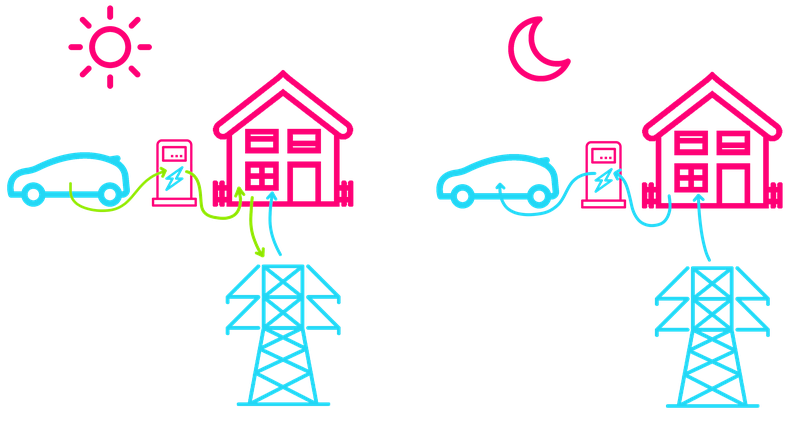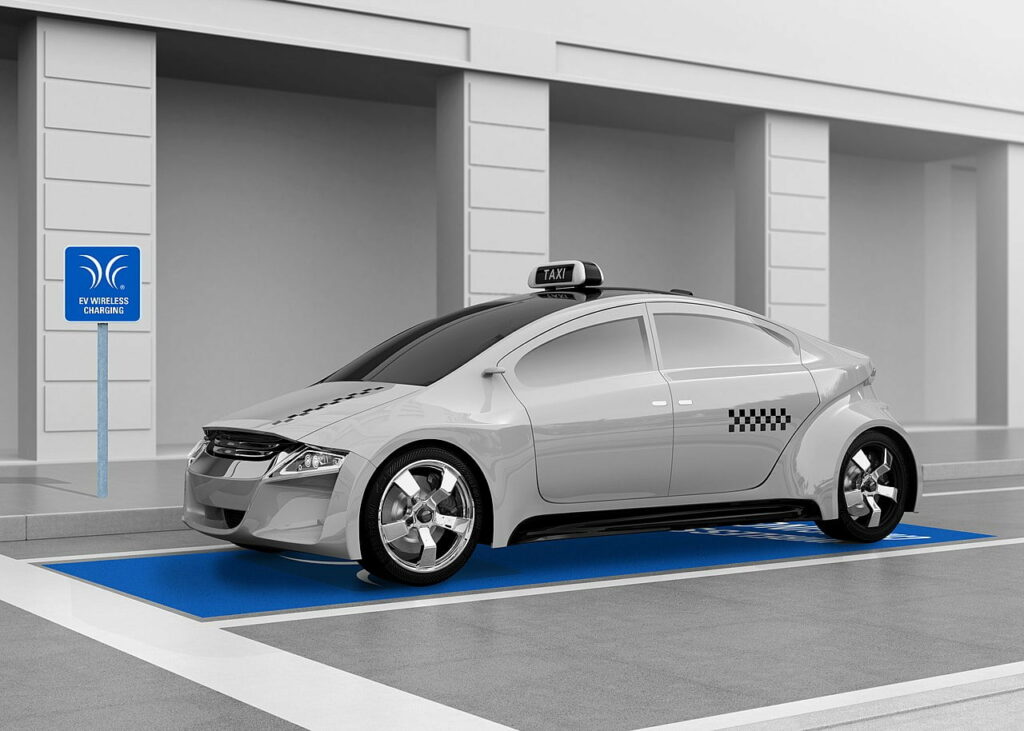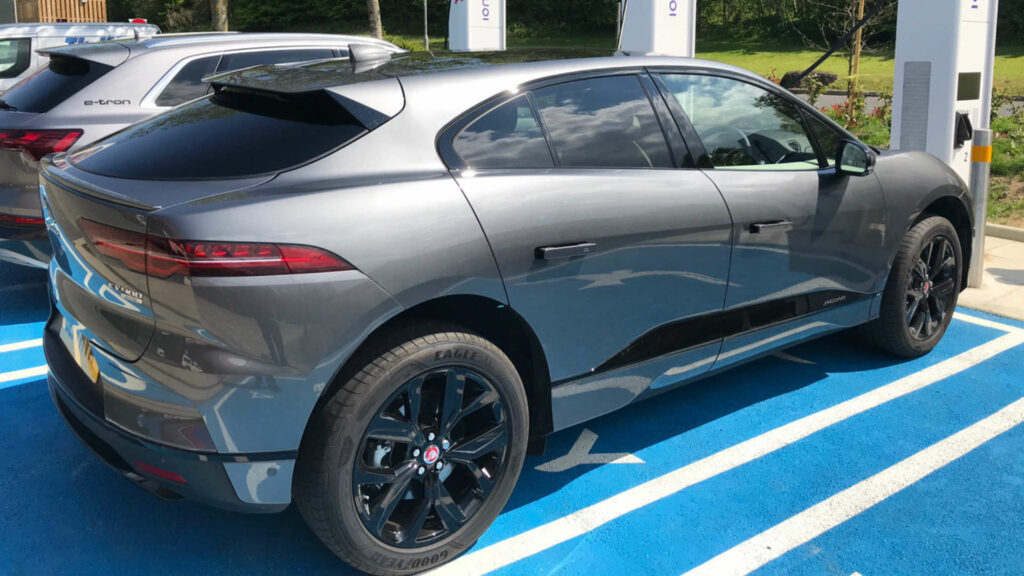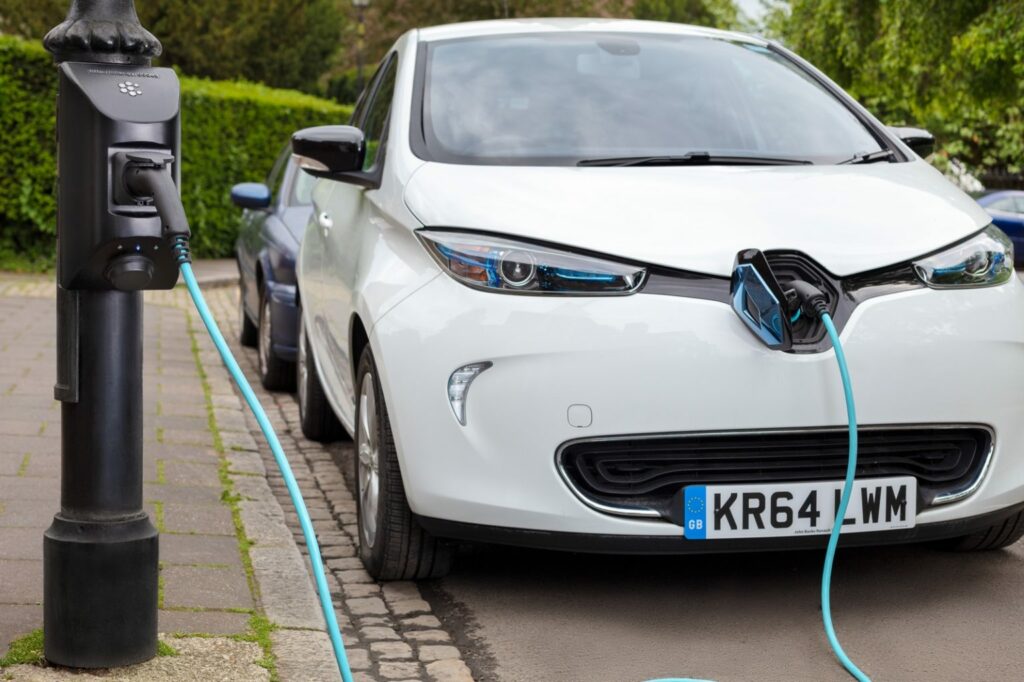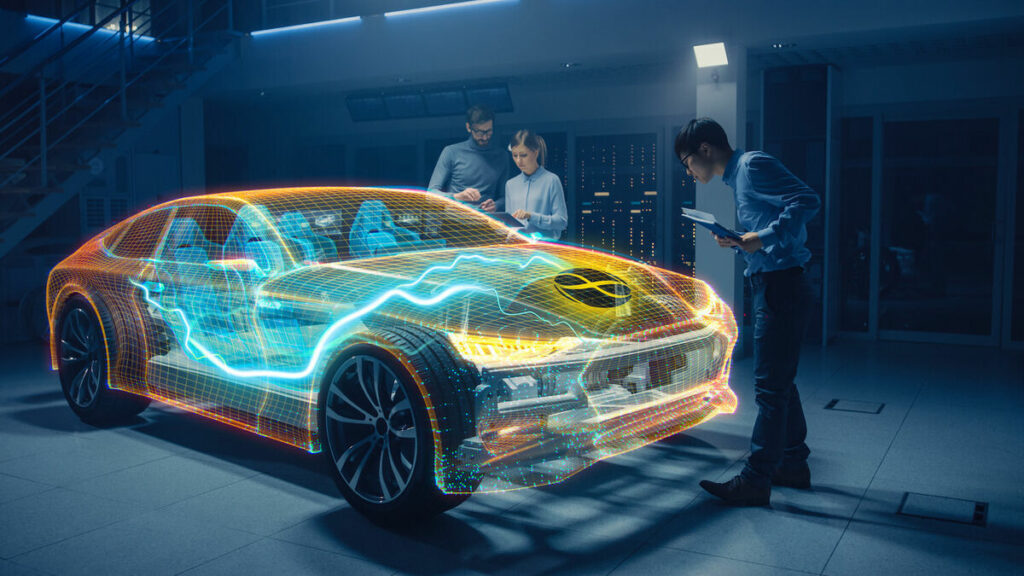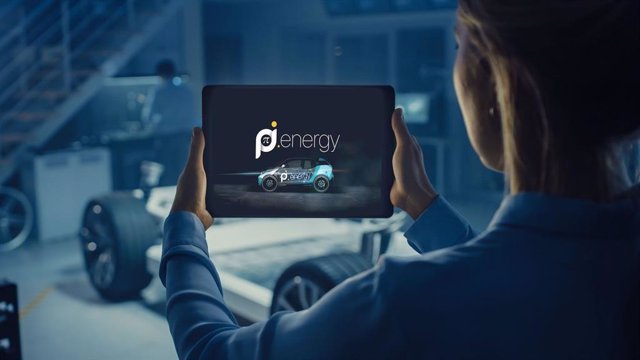Electric vehicles (EVs) are becoming a more appealing low-carbon transportation choice, given to their environmental benefits, lower operating costs, and expanding model range.
At the end of last year, there were 10 million electric cars on the road around the world, with that number expected to rise to 145 million by 2030.
A complete conversion to electric vehicles, on the other hand, will necessitate major development of EV charging infrastructure as well as technological advancements. We’ve compiled a list of the top six electric vehicle advancements to watch in the coming years.
GRID TO VEHICLE
Smart charging solutions for electric vehicles are becoming more popular, allowing drivers to adjust the timing and rate of charge in response to energy demand, thereby assisting in grid balancing.
Vehicle to grid (V2G) charging, on the other hand, allows energy stored in a vehicle’s battery to be exported to the grid during periods of high demand. EV drivers are reclassified as ‘prosumers,’ meaning they are both users and generators of power, and they are rewarded for their flexibility, which benefits the grid as well.
The Powerloop project by Octopus Energy, in which Energy Saving Trust is a partner, is an excellent example of how V2G works. More information about the project can be found here.
CHARGING WITHOUT WIRES
Using inductive charging technology, wireless charging for vehicles works similarly to wireless phone chargers. Electricity is delivered from a buried beneath the road surface magnetic coil in the charger to a second magnetic coil or pad installed to the underside of the car.
Charging electric cars, taxis, and buses wirelessly has recently gone another step closer to reality, with the announcement of a trial of wireless charging technology for taxis in Nottingham, United Kingdom. During the six-month trial, taxi ranks and ten electric cabs will be outfitted with wireless charging mats.
If the £3.4 million plan, which is being supported by the Department for Transport, is successful, it might be expanded for public use. Wireless charging has the advantage of allowing many vehicles to be charged at the same time. It also has the ability to speed up charging and serve as an on-street charging alternative for those without driveways.
CHARGING AT BREAKNECK SPEEDS
While filling up a gasoline or diesel automobile takes only a few minutes, EV drivers must normally wait much longer to recharge their batteries to full capacity. However, ultra-fast charging options are beginning to arrive, which are proving to be a major benefit for longer travels because they cut charging times to the length of a standard driving stop.
With a 250kW charger, the Kia Ev6 and Hyundai IONIQ 5 electric cars, for example, can add 60 miles of range in just five minutes. And, owing to the Ionity joint venture, we’re already seeing the development of even quicker chargers, with 14 350kW electric charging stations in service across the UK as of May 2021.
CHARGERS FOR POP-UPS AND LAMPPOSTS
One disadvantage of increasing electric vehicle charging infrastructure is that the chargers might clog up streets and sidewalks. Pop-up pavement chargers and lamp post chargers, however, are two similar technologies that could help to lessen the congestion.
Urban Electric Networks, a London-based EV charging startup, has invented the UEone, an on-street charging device that retracts into the ground when not in use. A smartphone app can be used to turn it on remotely. In 2019-20, the company tested six pop-up fast chargers in Oxford, which were a huge success.
Char.gy, a British startup, has secured government funds to put plug-in stations in lampposts across London. According to Char.gy, a conventional lamp post with LED bulbs has roughly 24 amps of extra electricity that may be utilized to charge cars, delivering around 20 miles of driving every hour of charging.
Similarly, in Oxford, the Gul-e initiative saw chargepoints installed in residences with no off-street parking and a gully built in the pavement from the house to the kerb. A lengthy charging cable connected the automobile to the chargepoint, allowing residents to charge their cars using their own (cheaper) electricity while also removing chargepoint clutter and trip hazards from cables strewn over sidewalks.
ROADS THAT ARE POWERED BY ELECTRICITY
Overhead power cables are used to power bigger electric vehicles such as lorries on electrified roadways, however they are not ideal for passenger cars. The Department of Transport gave funds to a Costain-led study in July to investigate how long-range vehicles can be powered using overhead power wires on UK highways.
In other news, Sweden has had the world’s first electrified road, which recharges the batteries of vehicles and trucks as they drive over it, since 2018. Electricity is transferred from two rail tracks in the road to a movable arm attached to the bottom of a car or truck in this system.
FUTURE MOBILITY WITHOUT GASOLINE AND CHARGING STATIONS
The plans have been established technically, and patents for the globally protected Pi brand have been filed: Pi electromobility is a game-changing invention that has the ability to realize the ideal of mobility in the next years without the need for a gas station or a charging station.
The Pi-Car will be the world’s first electric vehicle with a carbon body, an ultra-light, super-hard wonder material in which neutrinovoltaic cells are directly integrated. The energy converters are incorporated into the body in all cavities, as it were, to make the Pi-Car independent of charging stations, battery changes, or gas stations.
If well thought out and scaled out, this technological innovation, namely the gathering of energy from a variety of sources in the environment, can help address global energy difficulties and help Germany and the rest of the world fulfill climate commitments.
WHEELED “COSMIC” CHARGING STATION
“Every day, invisible radiant energy reaches us for more than 5,000 years of world energy demand, a hitherto completely untapped potential – more energy in a single day, by the way, than all the fossil fuels still remaining on the planet combined,” says Prof. Dr. R. Strauß, a member of the Neutrino Energy Group’s scientific advisory board. Pi technology will allow for technical solutions that allow a vehicle’s body to convert a portion of this radiation, as well as thermal variations, into energy. As if it were a solar cell that could operate in complete darkness. This is made possible by a quantum mechanical 2D working tool, a multilayered doped silicon transducer in which external forces cause certain graphene layers to oscillate and resonate.


